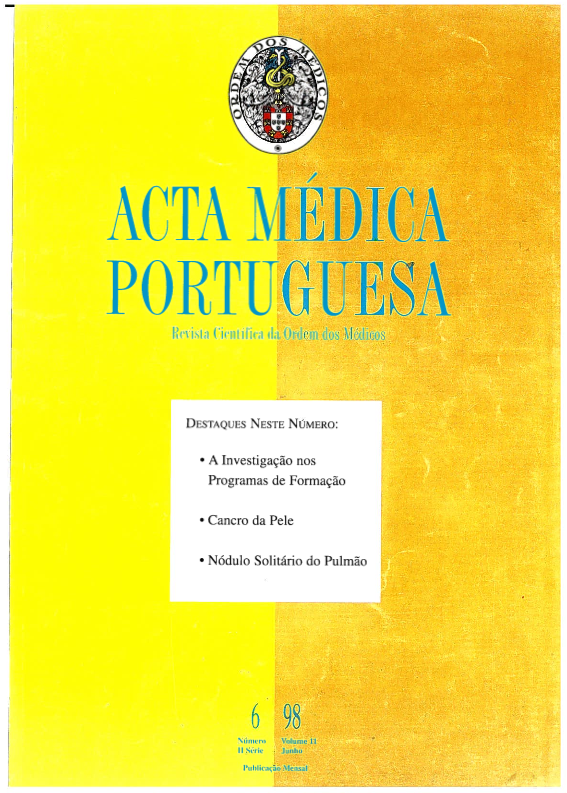O aloenxerto de pele diminui a frequência do cancro da mama em ratinhos femeas irradiadas com Co60.
DOI:
https://doi.org/10.20344/amp.2275Resumo
Skin allografts were performed in 51 BALB/c female mice by means of an easy technique devised by the authors. The skin for the allografts was taken from C57BL/6 male mice. All the mice were homozygotic. One month after the graft, the female mice were irradiated with 400 cGy of Co60. A control group of 148 female mice belonging to the same strain and with the same age were irradiated in equal conditions. All the animals were observed daily and all the occurrences registered. Dead animals were identified and their necropsies performed. Results were analysed bearing in mind the incidence of malignancy. It was observed that mammary carcinoma was the most frequent solid tumour and that the statistical difference between mice with skin allografts and those of the control group was significant (p = 0.009). In the two groups studied the difference between dead animals without tumour pathology was also statistically significant (p = 0.0011). With regard to other neoplastic pathologies, the results were not statistically different between the two groups of animals. According to the literature, skin allografts have not been used in oncogenic protection. However, in this work, irradiated mice proved to be protected against oncogenic effects of Co60 radiation, when they had previously received a skin graft. In conclusion, the authors emphasize the protection of skin allograft in BALB/c female mice against the oncogenic effect of Co60 radiation in the mice studied, with special significance for mammary carcinoma.Downloads
Downloads
Como Citar
Edição
Secção
Licença
Todos os artigos publicados na AMP são de acesso aberto e cumprem os requisitos das agências de financiamento ou instituições académicas. Relativamente à utilização por terceiros a AMP rege-se pelos termos da licença Creative Commons ‘Atribuição – Uso Não-Comercial – (CC-BY-NC)’.
É da responsabilidade do autor obter permissão para reproduzir figuras, tabelas, etc., de outras publicações. Após a aceitação de um artigo, os autores serão convidados a preencher uma “Declaração de Responsabilidade Autoral e Partilha de Direitos de Autor “(http://www.actamedicaportuguesa.com/info/AMP-NormasPublicacao.pdf) e a “Declaração de Potenciais Conflitos de Interesse” (http://www.icmje.org/conflicts-of-interest) do ICMJE. Será enviado um e-mail ao autor correspondente, confirmando a receção do manuscrito.
Após a publicação, os autores ficam autorizados a disponibilizar os seus artigos em repositórios das suas instituições de origem, desde que mencionem sempre onde foram publicados e de acordo com a licença Creative Commons









